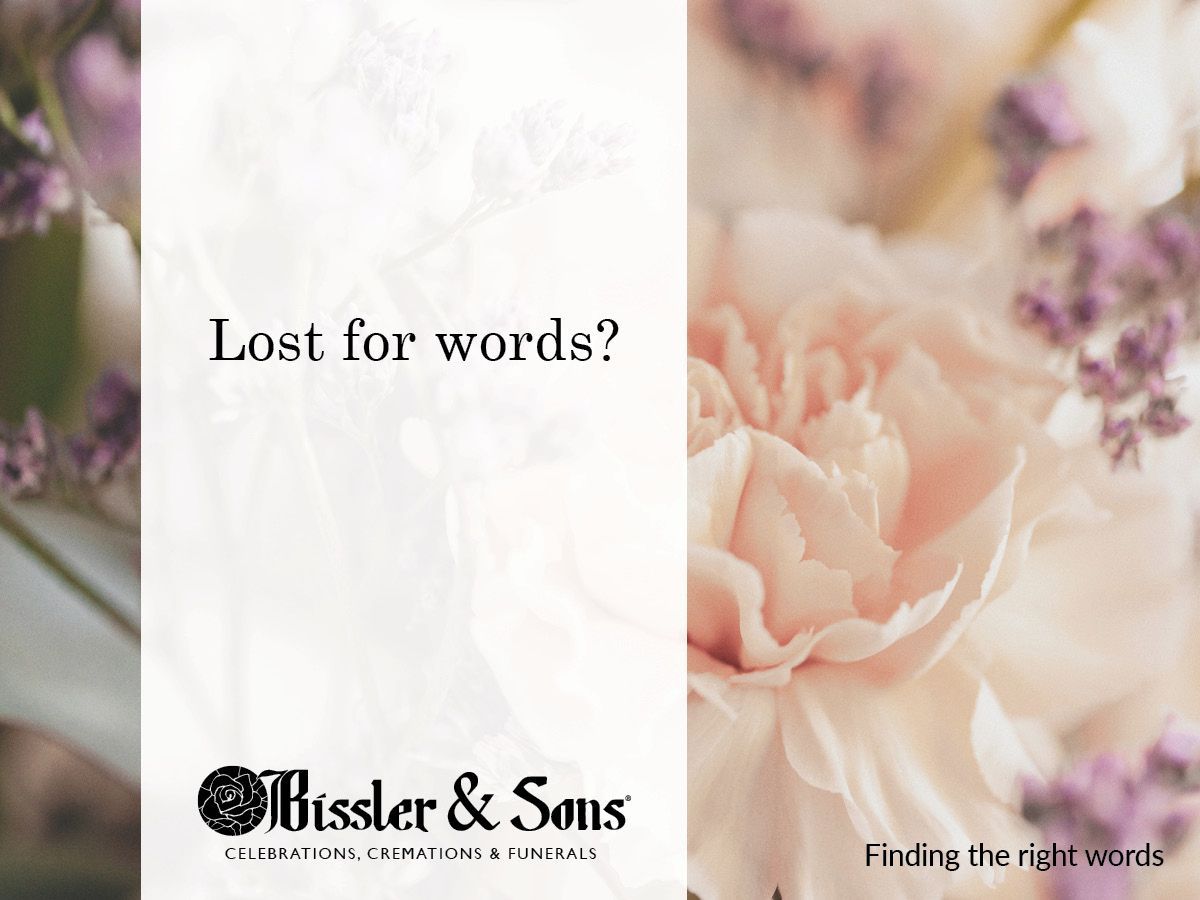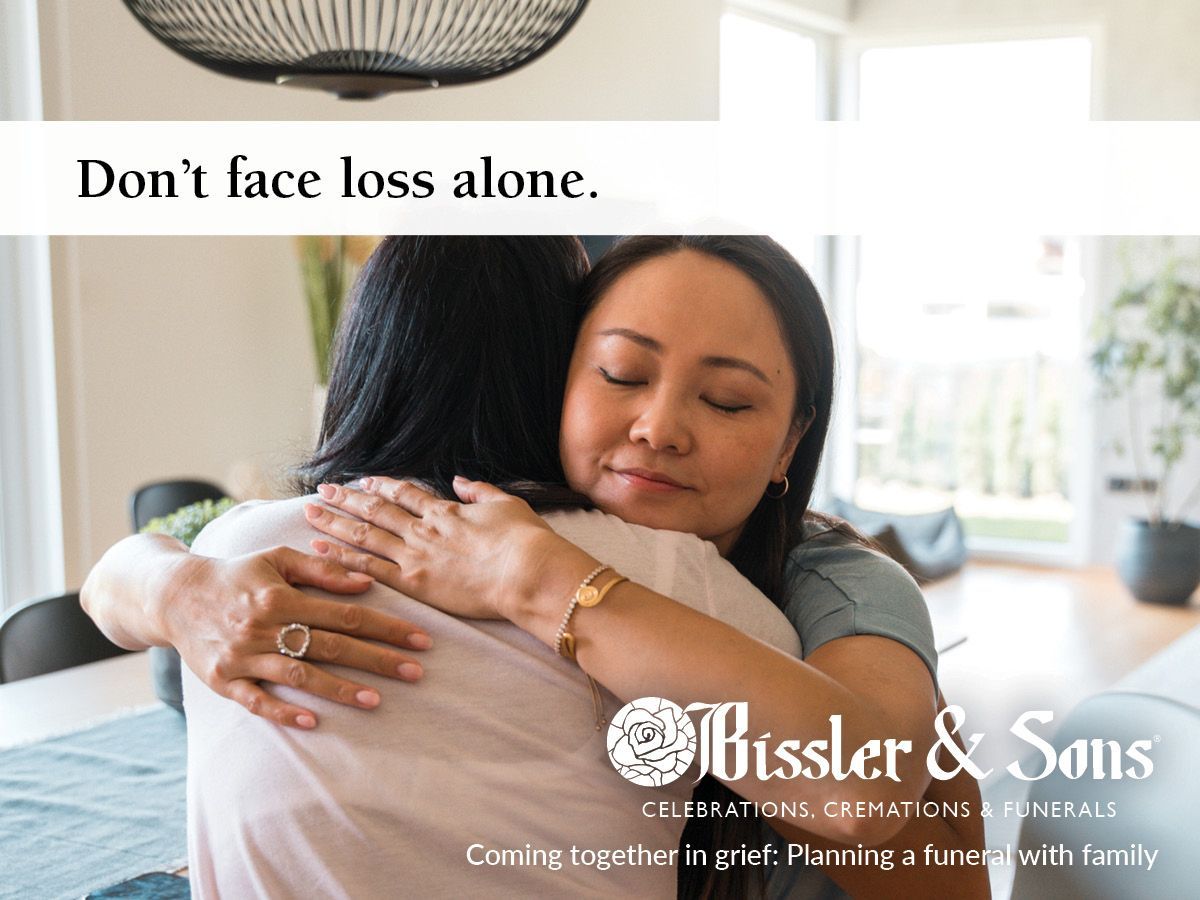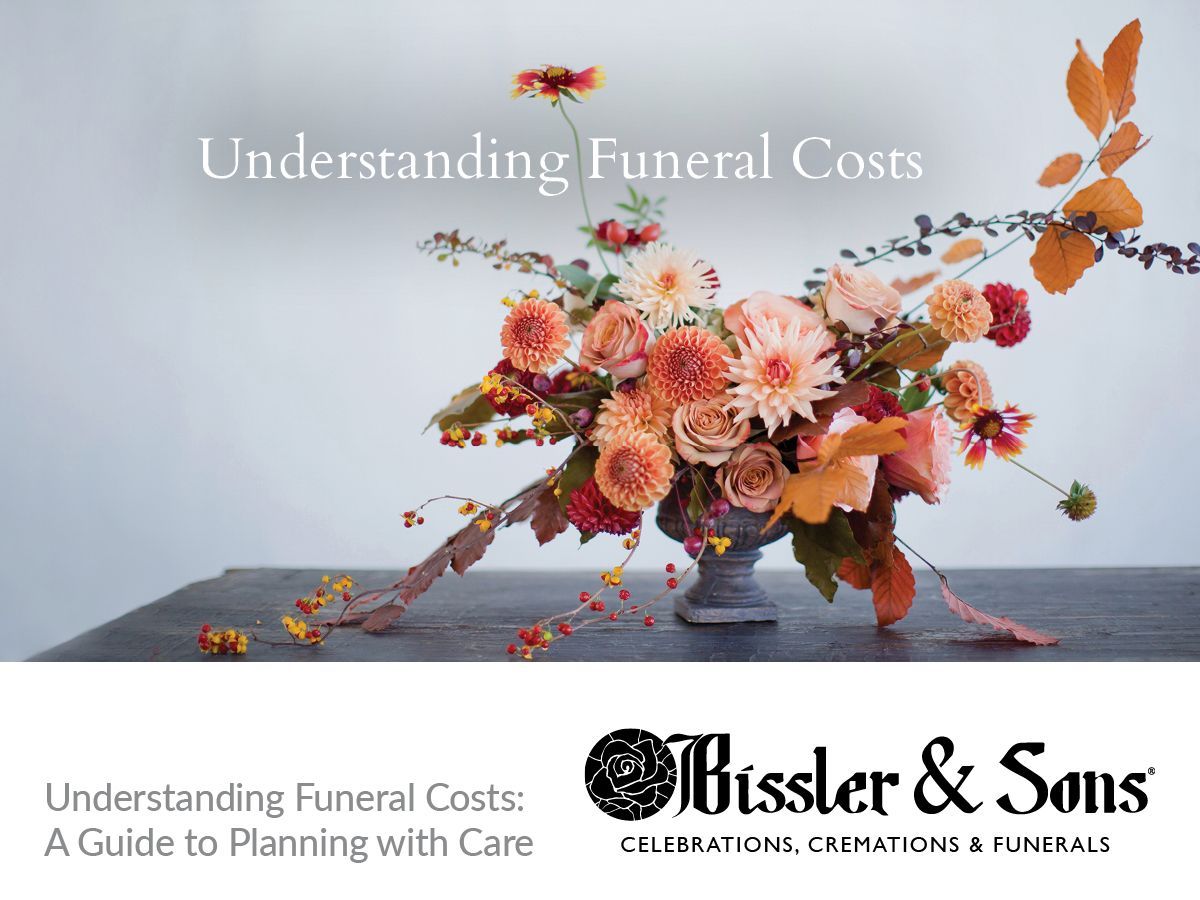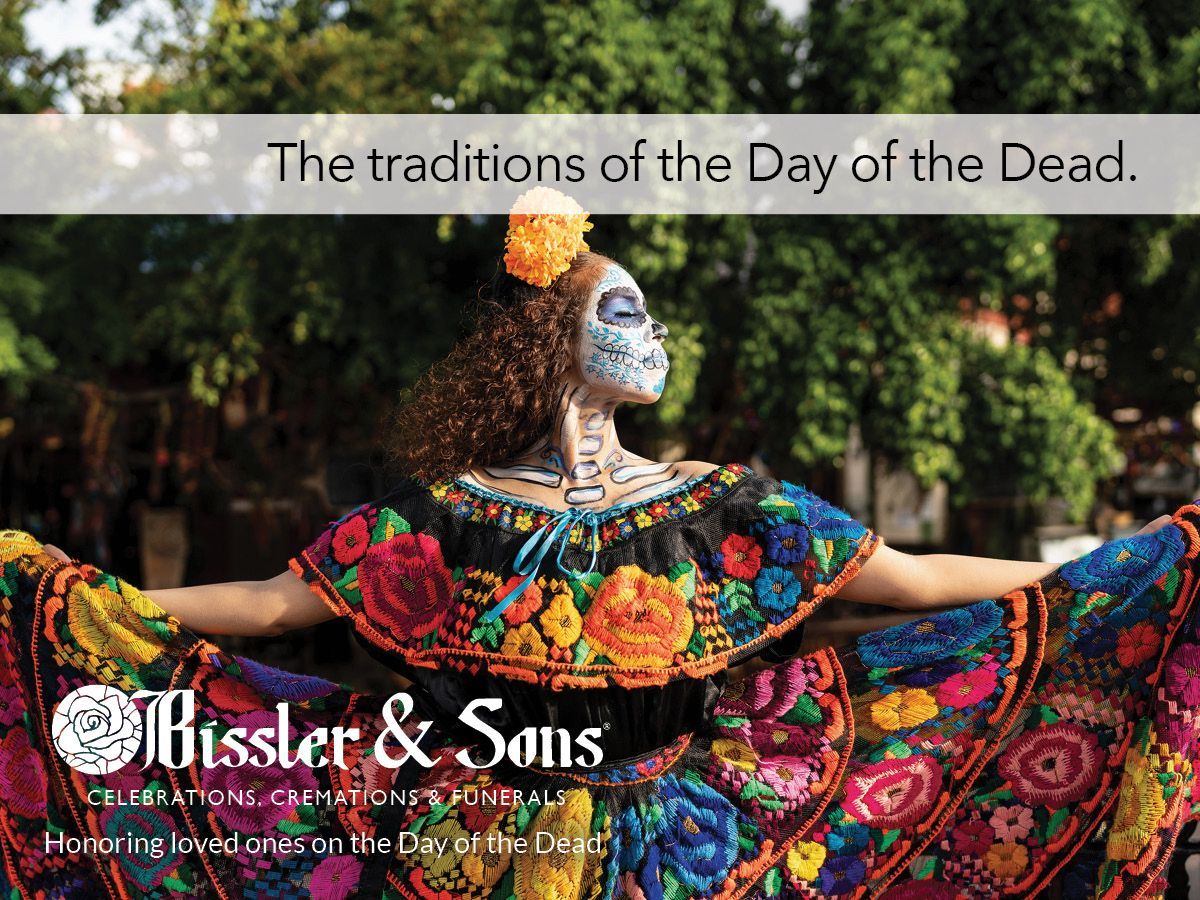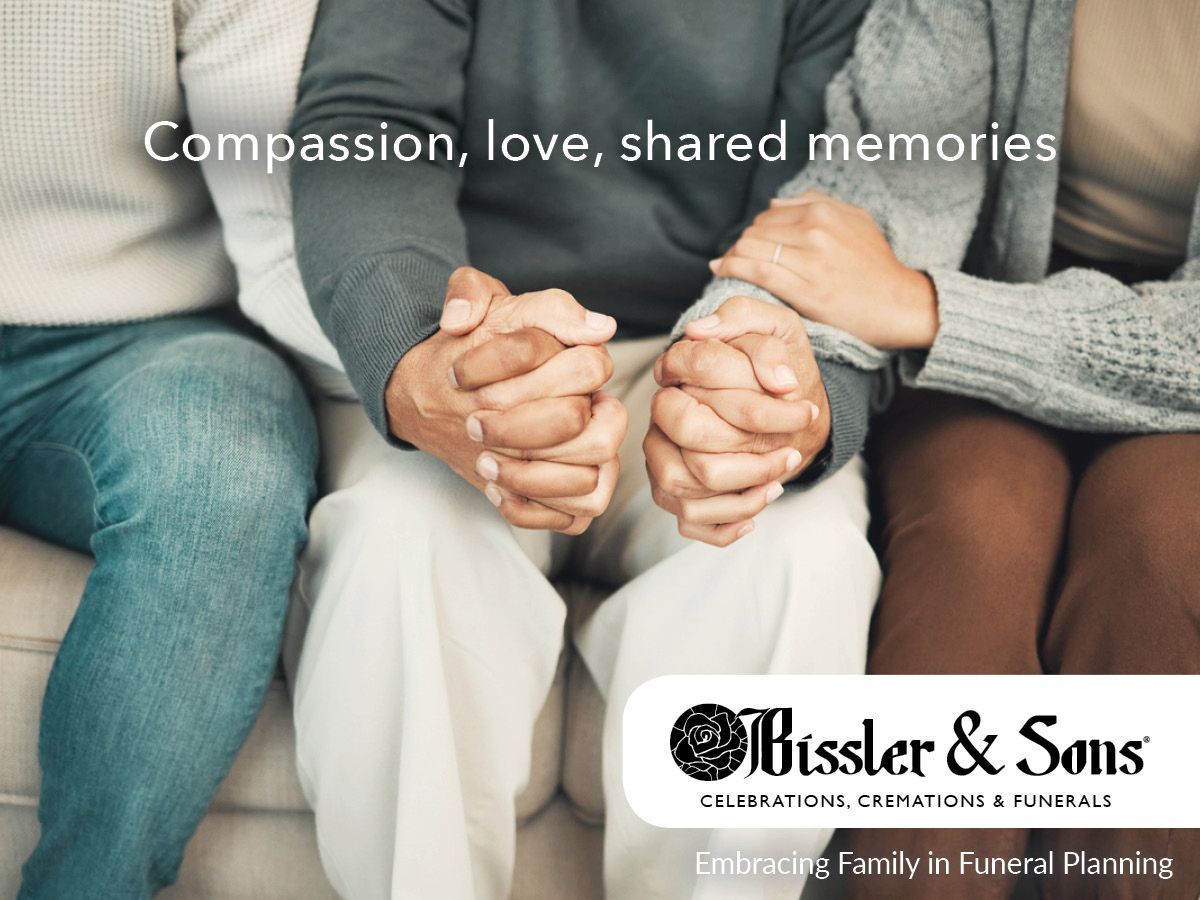How Can We Honor Our Family Member Who Died and Keep the Holiday Celebratory?
There are those people in our lives who we connect with on certain holidays. When we think of Christmas, Hanukkah, or the 4th of July, this person comes to mind. It might be the cookies they baked, the blessing they said, or the fireworks show they were known for. Regardless of what they did, it is difficult to imagine the holiday without this person. Celebrating the holiday, especially for the first time, following their death can be hard. The goal is not to lose the celebratory nature of the holiday in the void created by the death of the person we loved. It is to incorporate the memory into the celebration of the holiday.
1. PLAN IN ADVANCE
Contact those who will share the holiday with you. Talk about what you want the holiday celebration to look and feel like. Do you want to preserve all the traditions? What did your loved one do that made the day special? What jobs will need to be reallocated in your loved one’s absence? Be proactive. Don’t wait for the holiday to fall flat because along with the death of the person you loved you also lose family traditions that are precious to you and define the holiday for your family.
When you are talking with your family members, use Dr. Steven Covey’s 5th habit of highly successful people … seek first to understand and then to be understood. Use your questions. Ask what others want before you tell them what you want.
Remember when you text or make that phone call, you do not have any idea of the environment in which it lands. It might be received right in the middle of a child’s melt-down over homework, or the dog having an accident on the floor, who knows? Ease into the topic. You are thinking about how the holiday will be celebrated. The recipient of your message is probably not. It’s important that you set out on the right foot. Put a frame around your intent. “I want us to have the best holiday possible this year, could we set aside a time to talk about how we can work together to make that happen?”
Take extra care. Expect that this will be a tender time for all family members. Choose your words wisely, practice forgiveness when you need to, be kind, and listen.
2. KEEP THE TONE POSITIVE
Remember what the person you loved and lost really did that made the holiday special. Remember what they loved about the day and incorporate that into your celebration. For example, let’s say Dad always decorated the tree the week after Thanksgiving. Fill the void. Gather the grandchildren, the family, and maybe a few friends for a tree decorating party. Share a few Dad stories and get the tree put up in the warm glow of family and friendship.
When your sister-in-law offers to make the sweet potatoes, understand that they may not be just like mom’s sweet potatoes. If it is critical to the holiday’s success that they are MOM’S sweet potatoes, pull Mom’s recipe in advance and ask your sister-in-law if she would make them. If it’s not critical, enjoy a new sweet potato adventure. Avoid bringing the day down over little things. Instead, focus on what is really important and was important to your loved one.
3. REMEMBER WITH INTENTION
Most importantly, focus on what the person who died added to your lives and the holiday. Talk about what they did, what they loved, how they added to your life. When you are planning in advance for your holiday, decide how you will remember the person who died. Perhaps the touch football game after dinner will be dedicated to Dad’s memory. Or maybe, in honor of Mom’s love for flowers, you ask that each family member bring a stem for your table decoration. Maybe you all decide to share a memory before dessert. There are many ways to remember. Let your happy, fond, special memories be the focus of your day. Rather than the loss you all share.
4. EMBRACE THE NEW
Lean into the changes. Allow yourself to enjoy what you have. The family and friends who are with you, the turkey roll instead of the whole bird, the pumpkin cheesecake instead of the pumpkin pie, paper napkins instead of cloth. Whatever the changes are, just look for the love that went into the preparation and bask in its glow.
